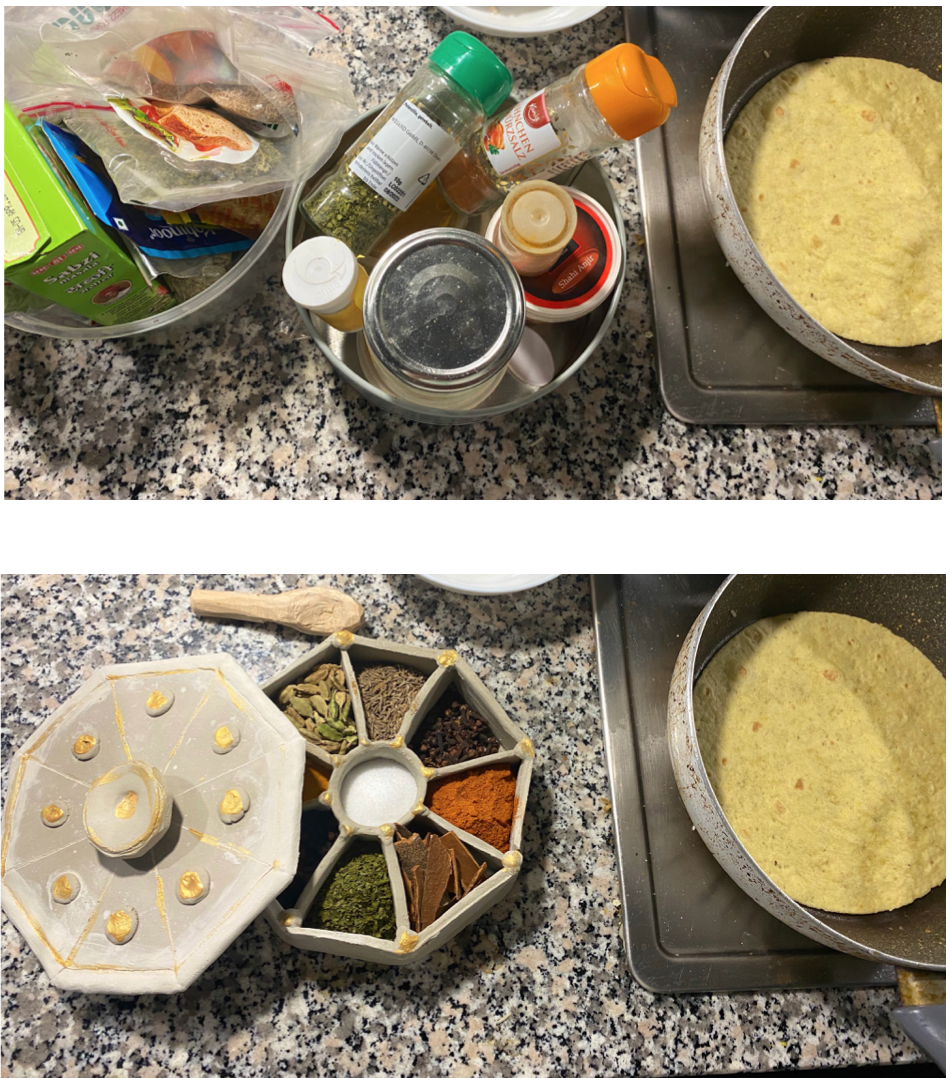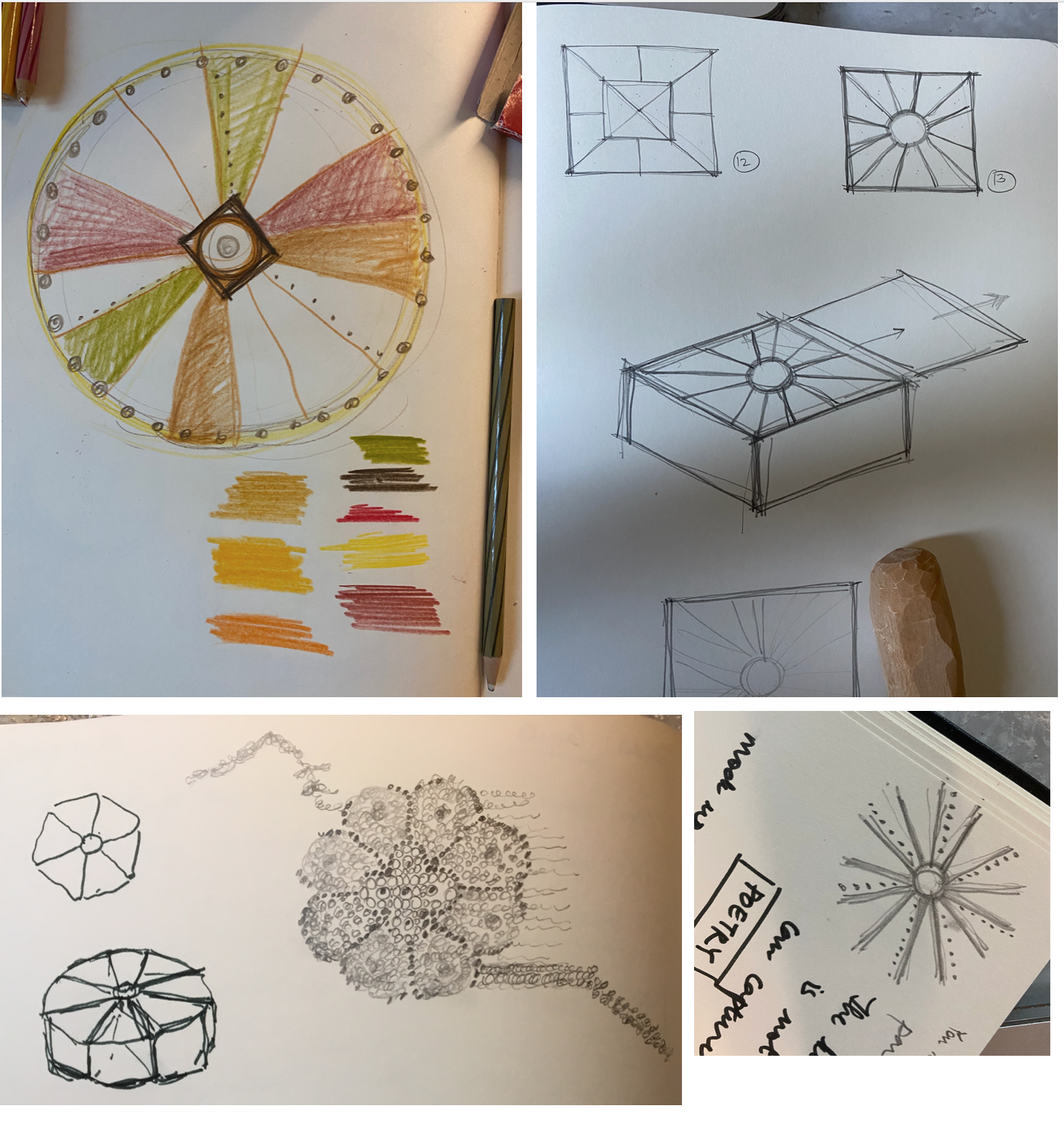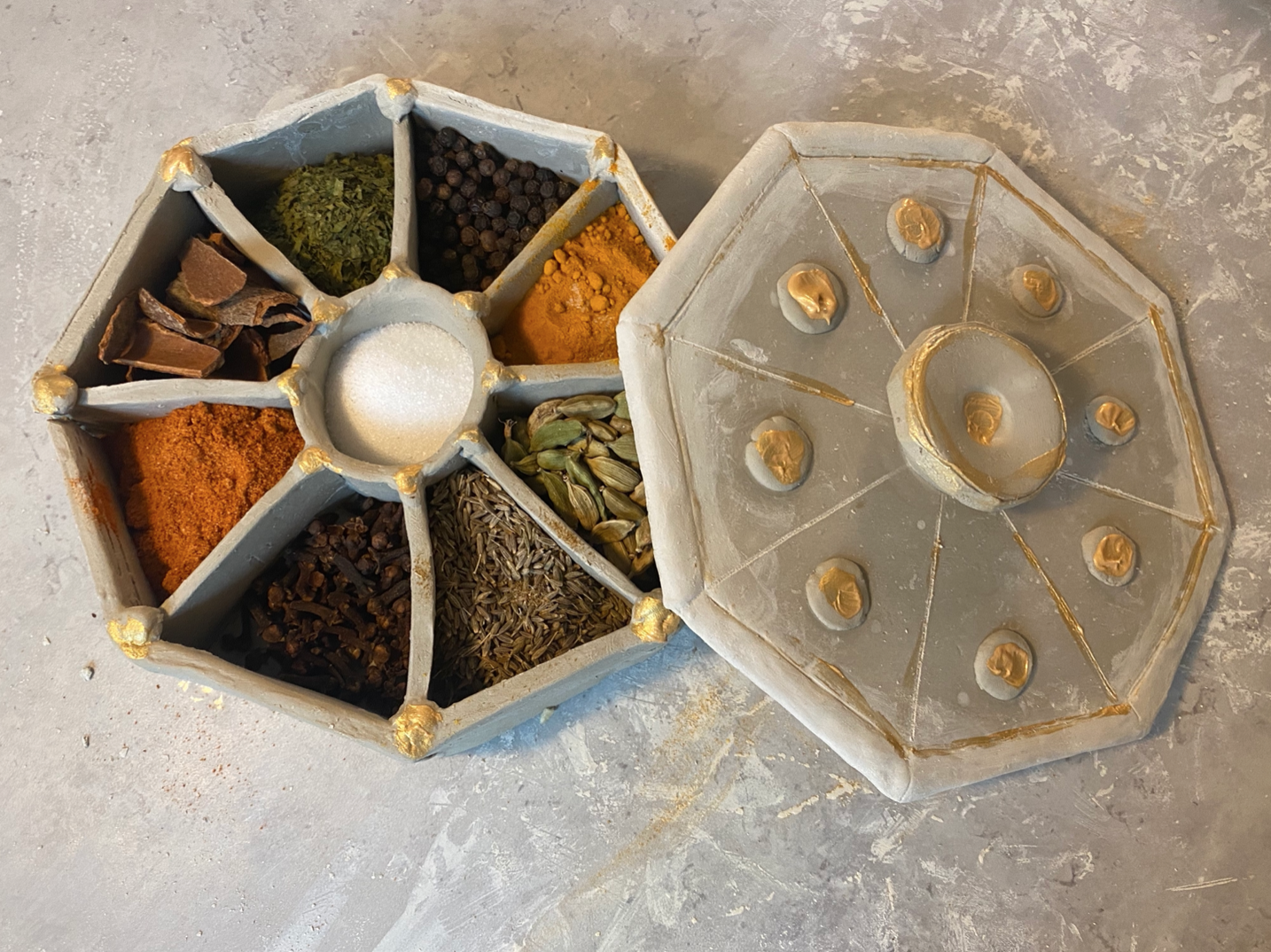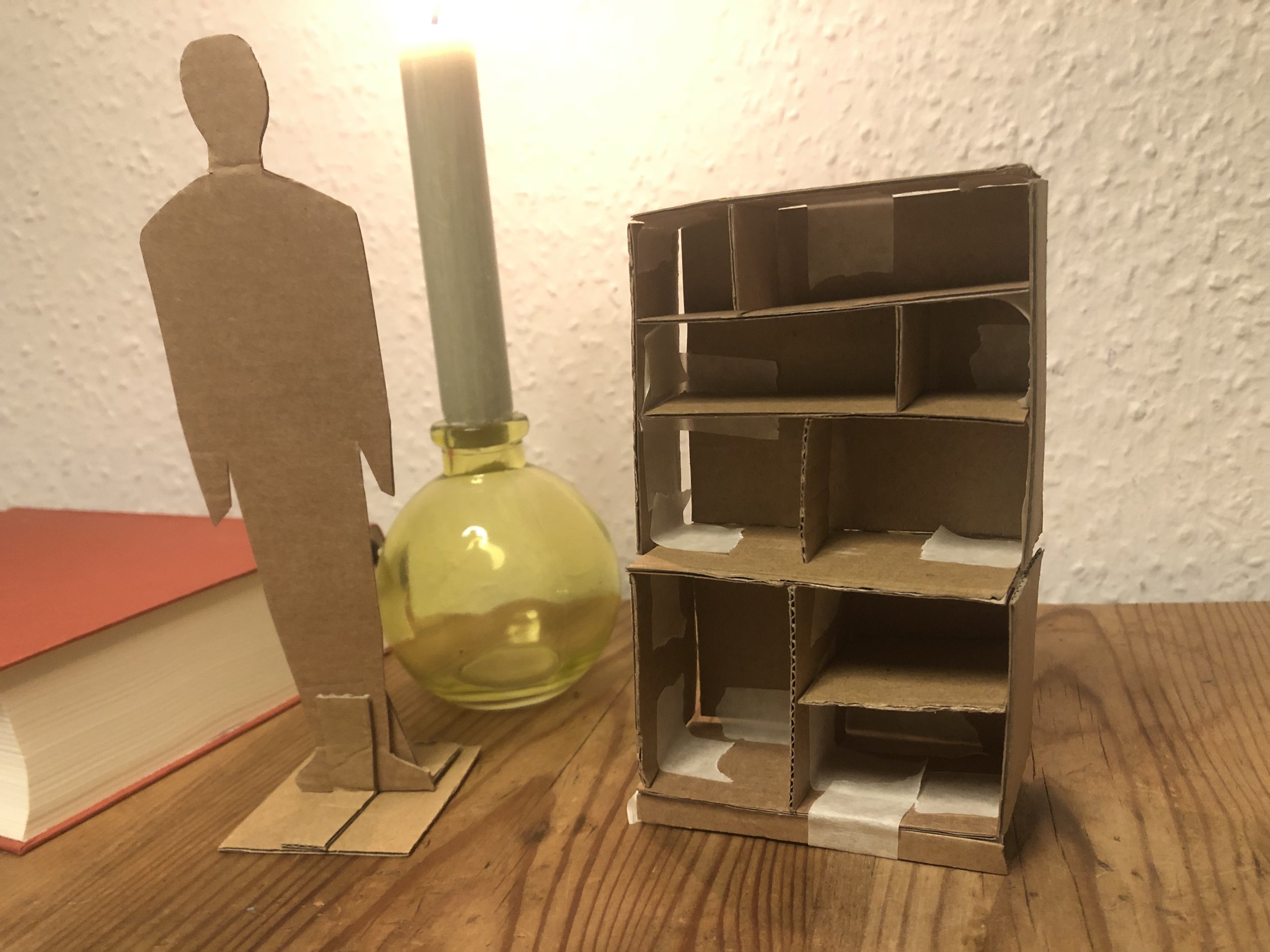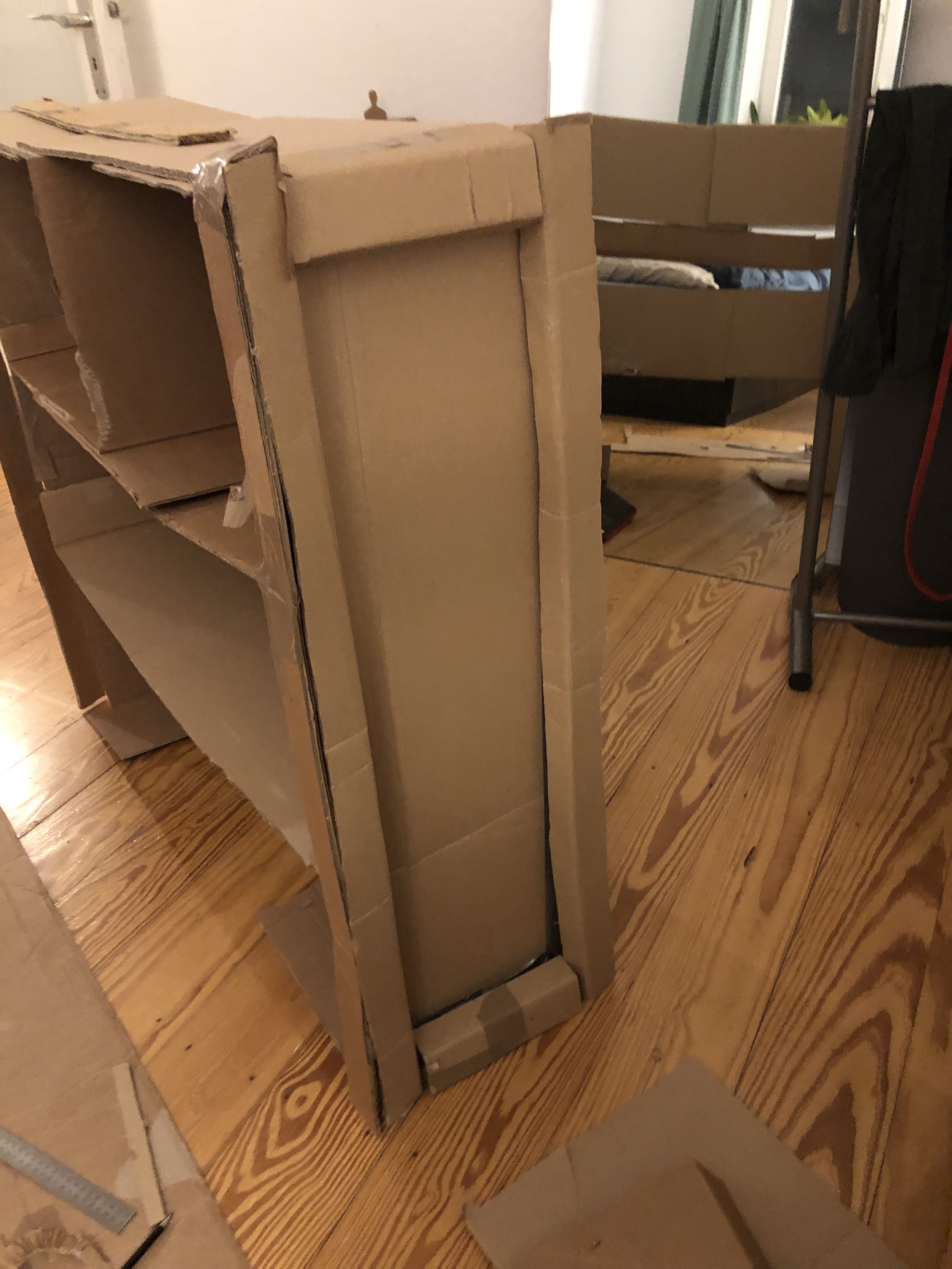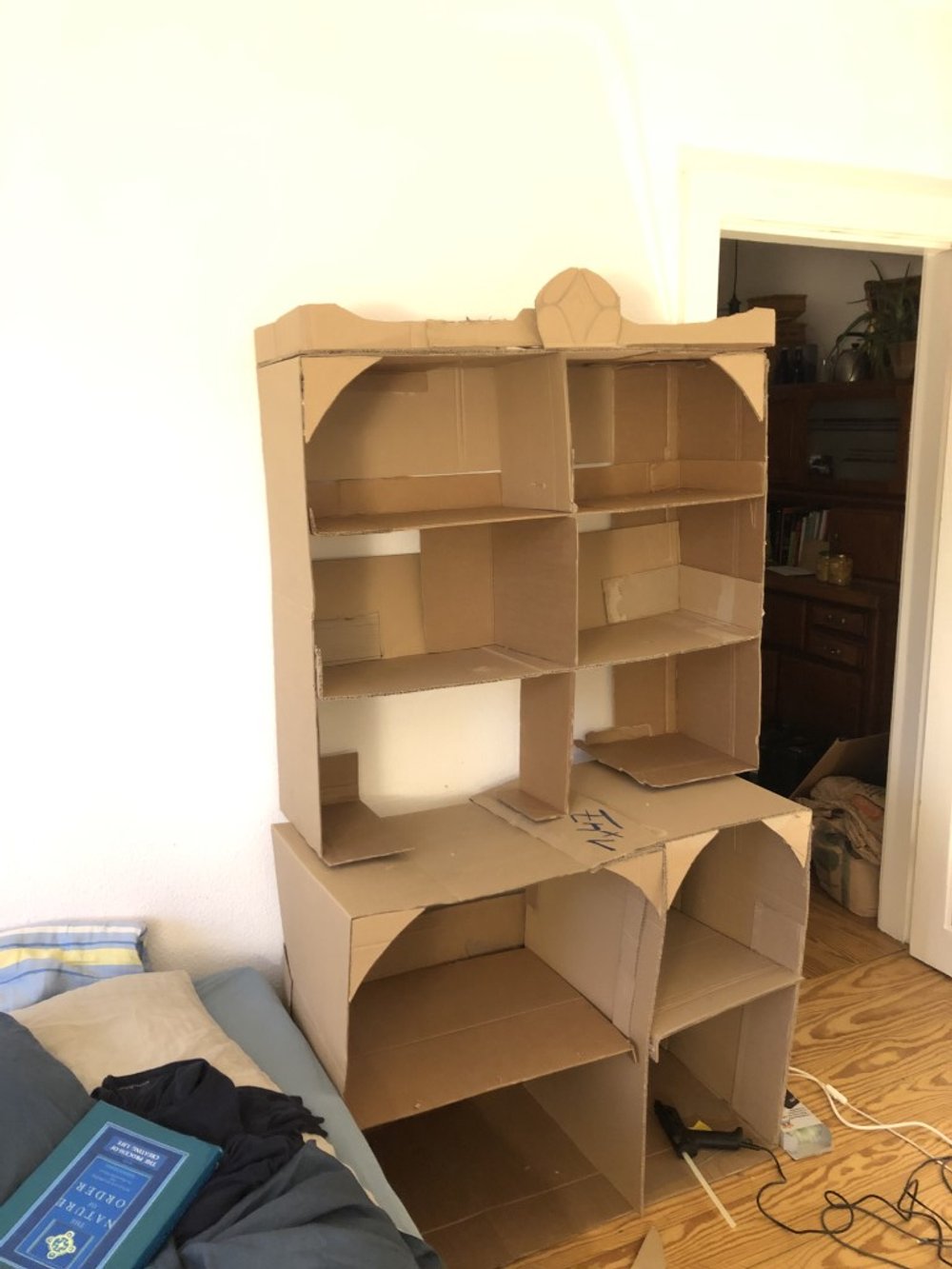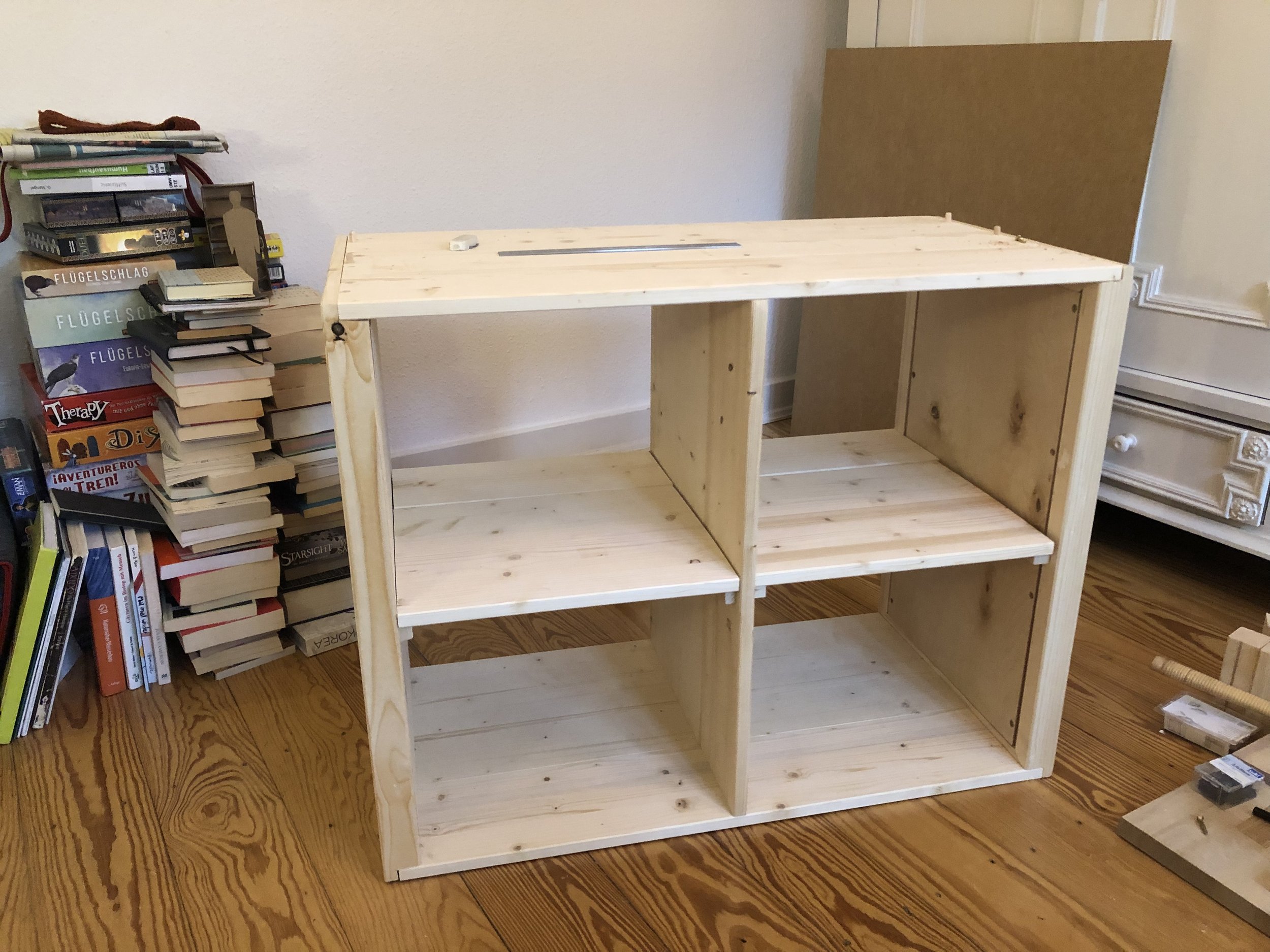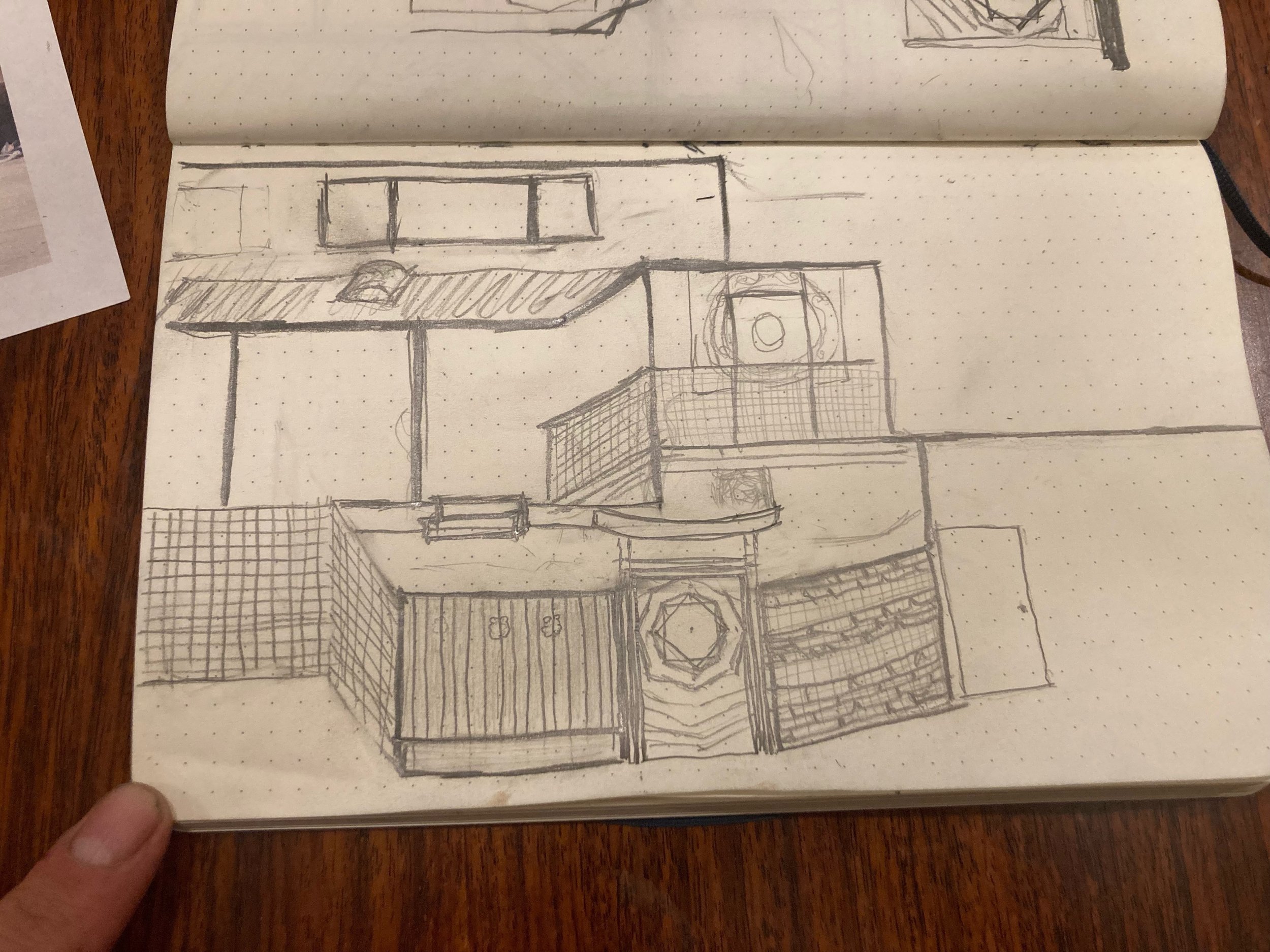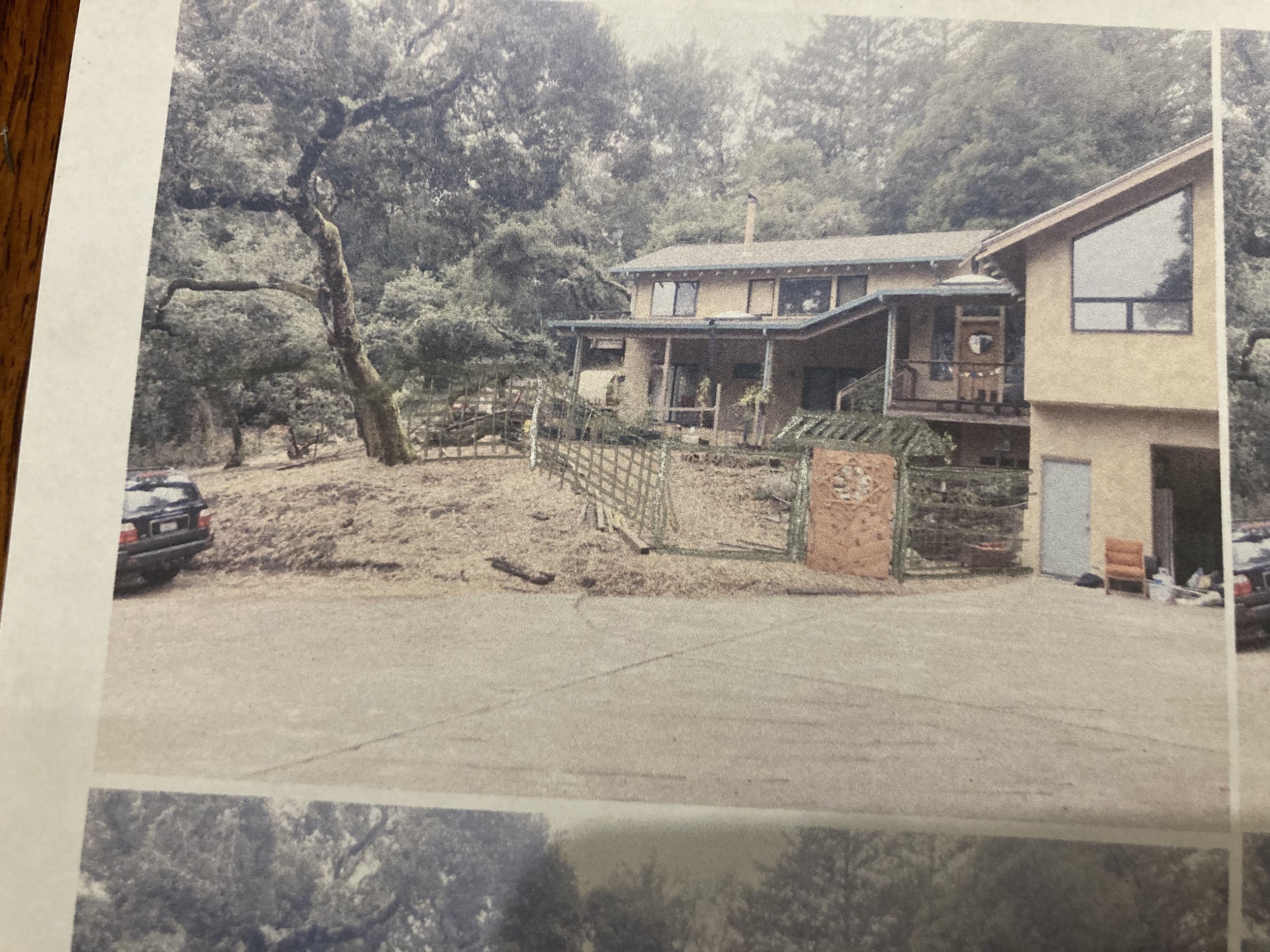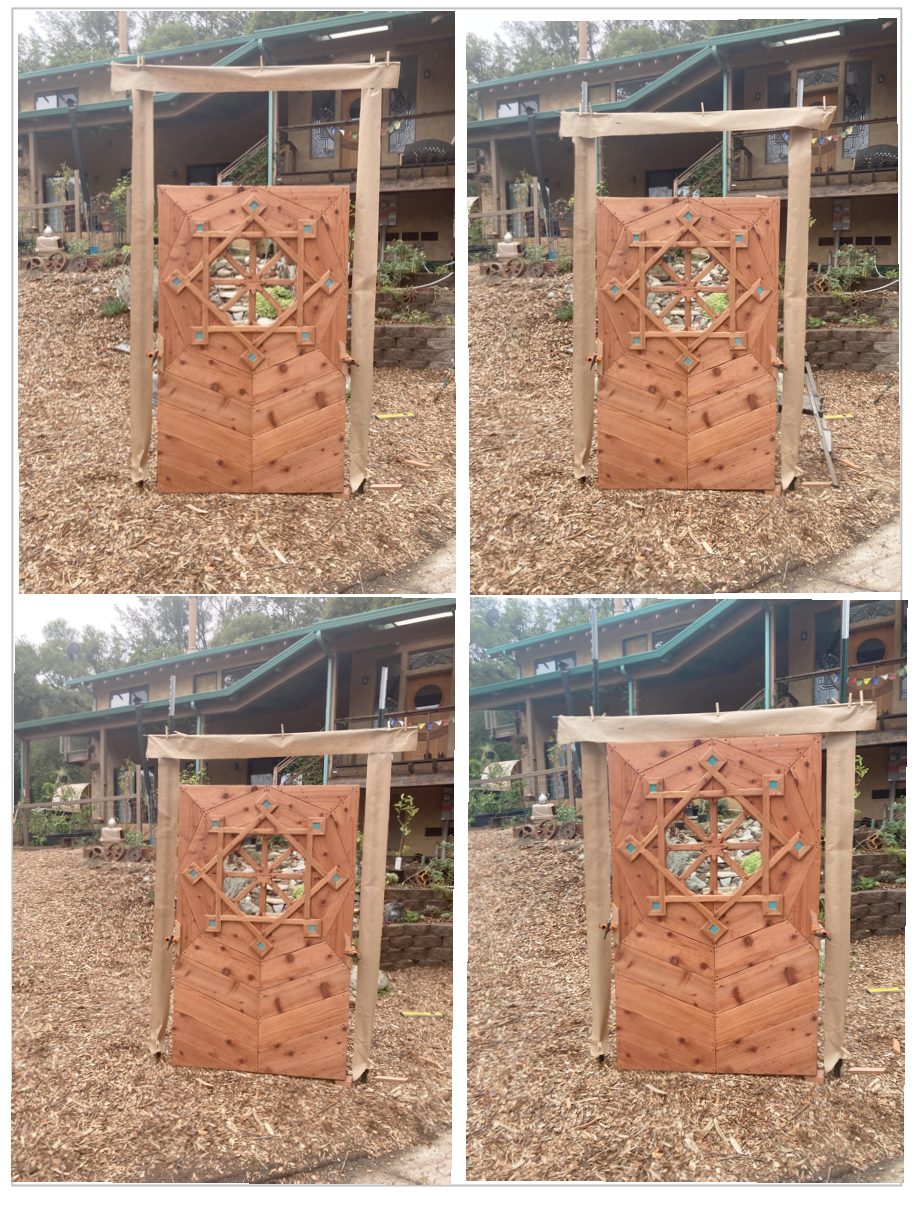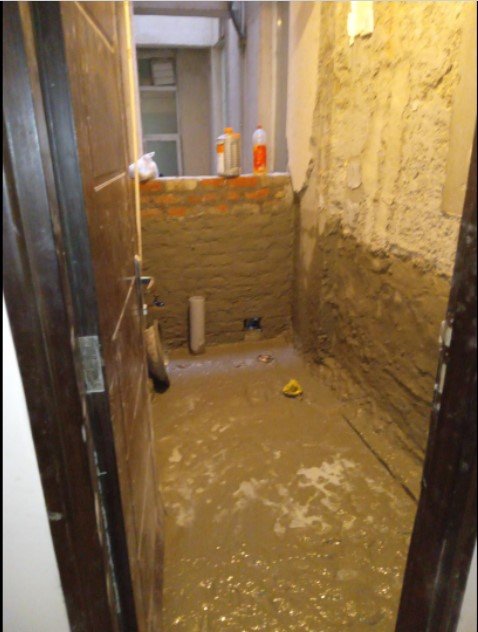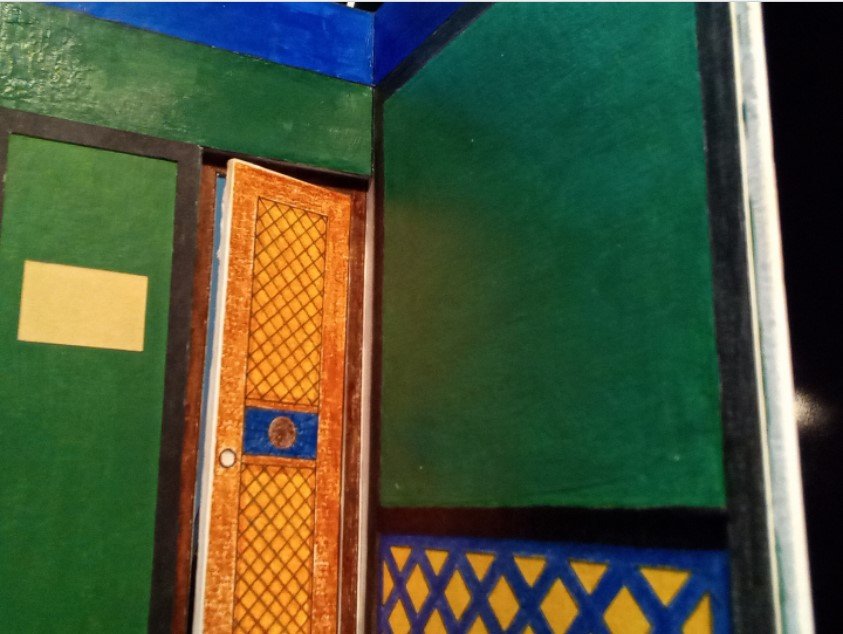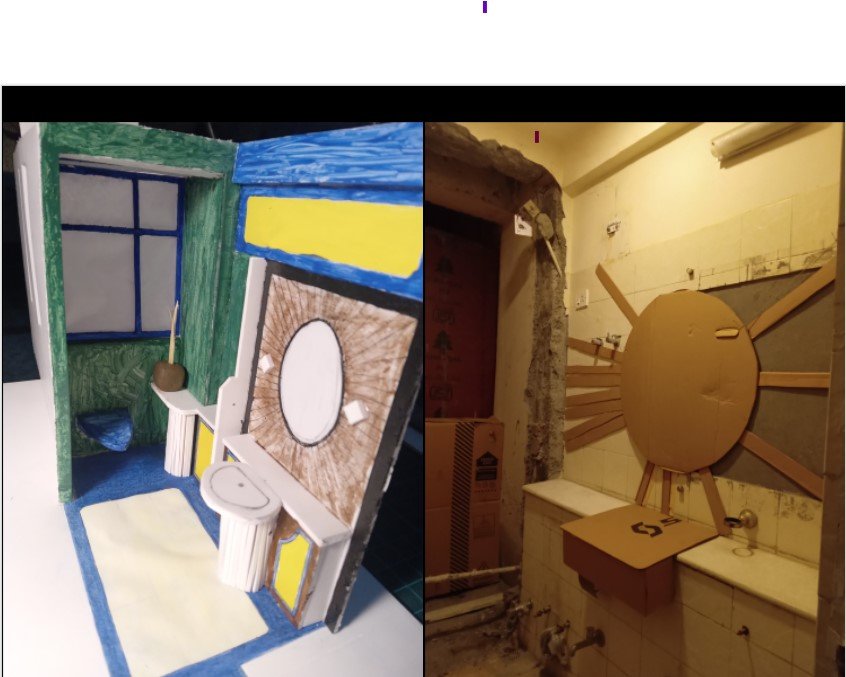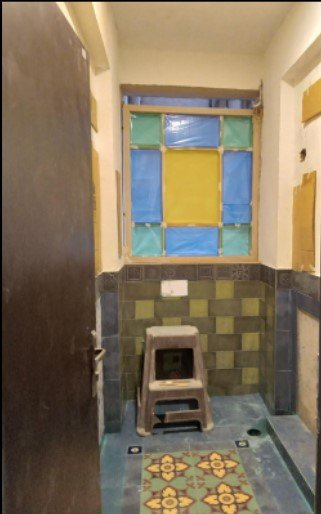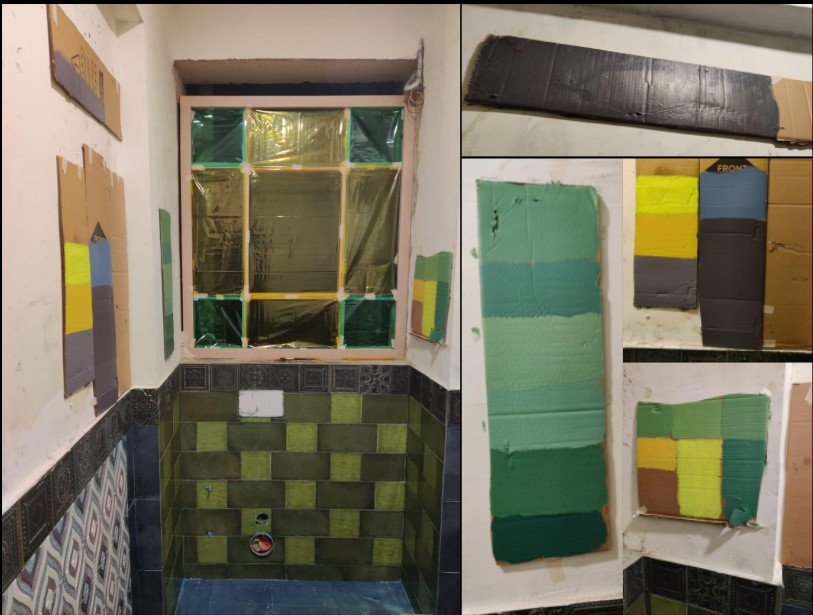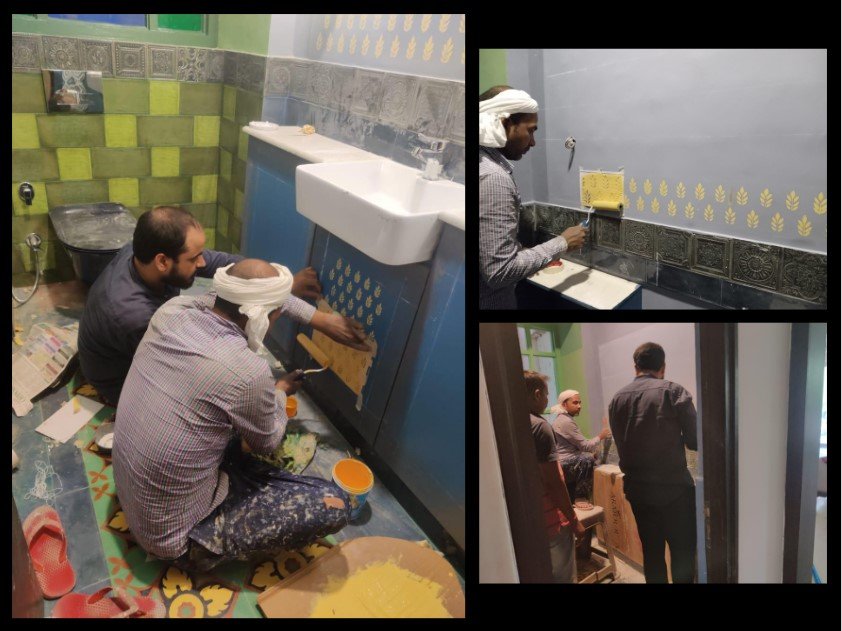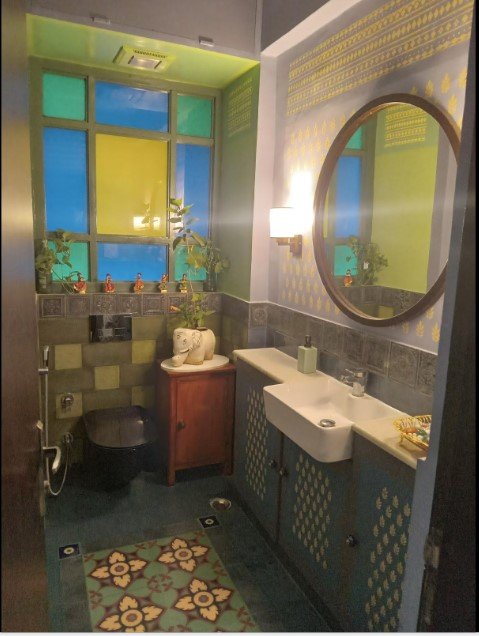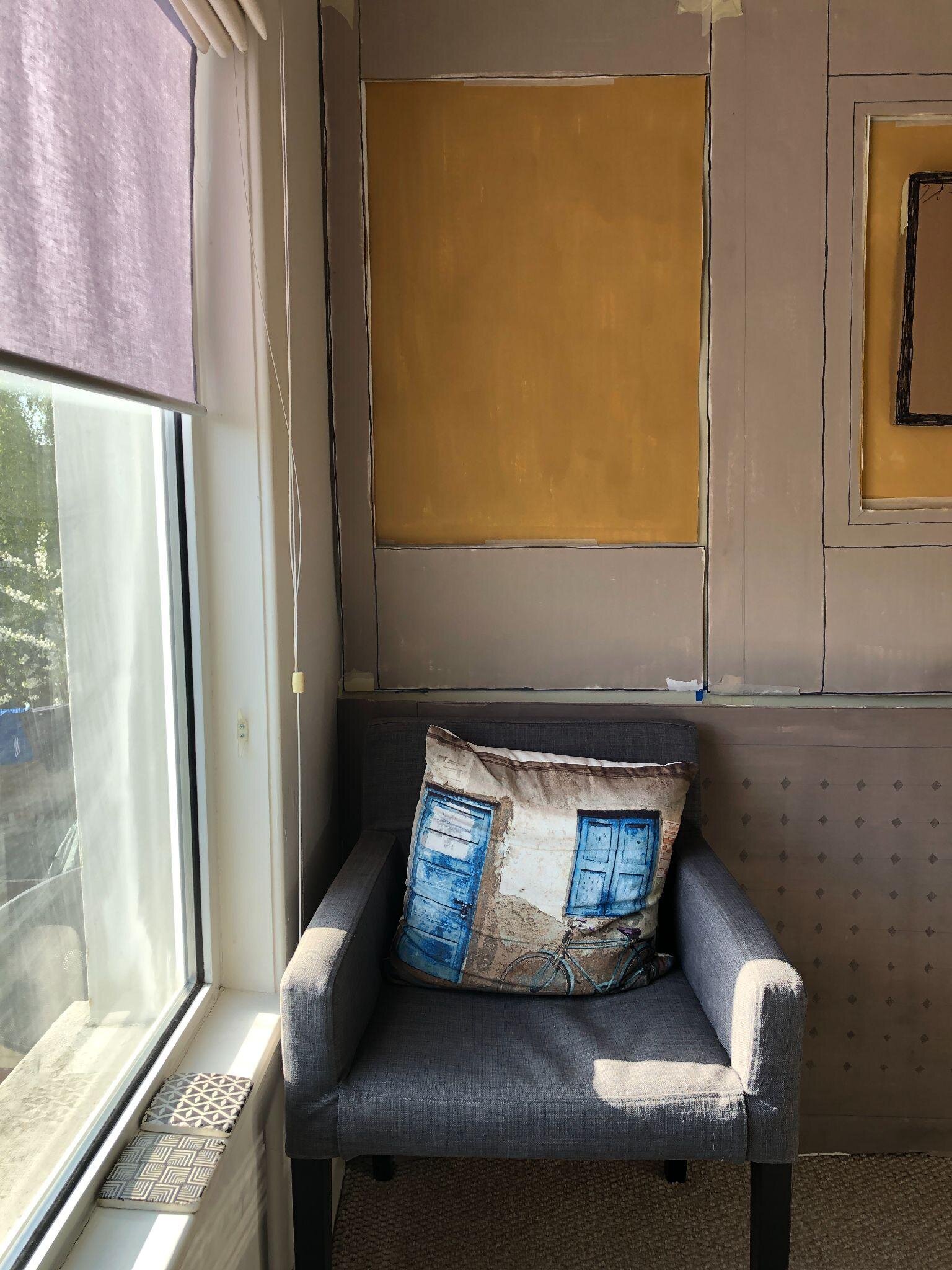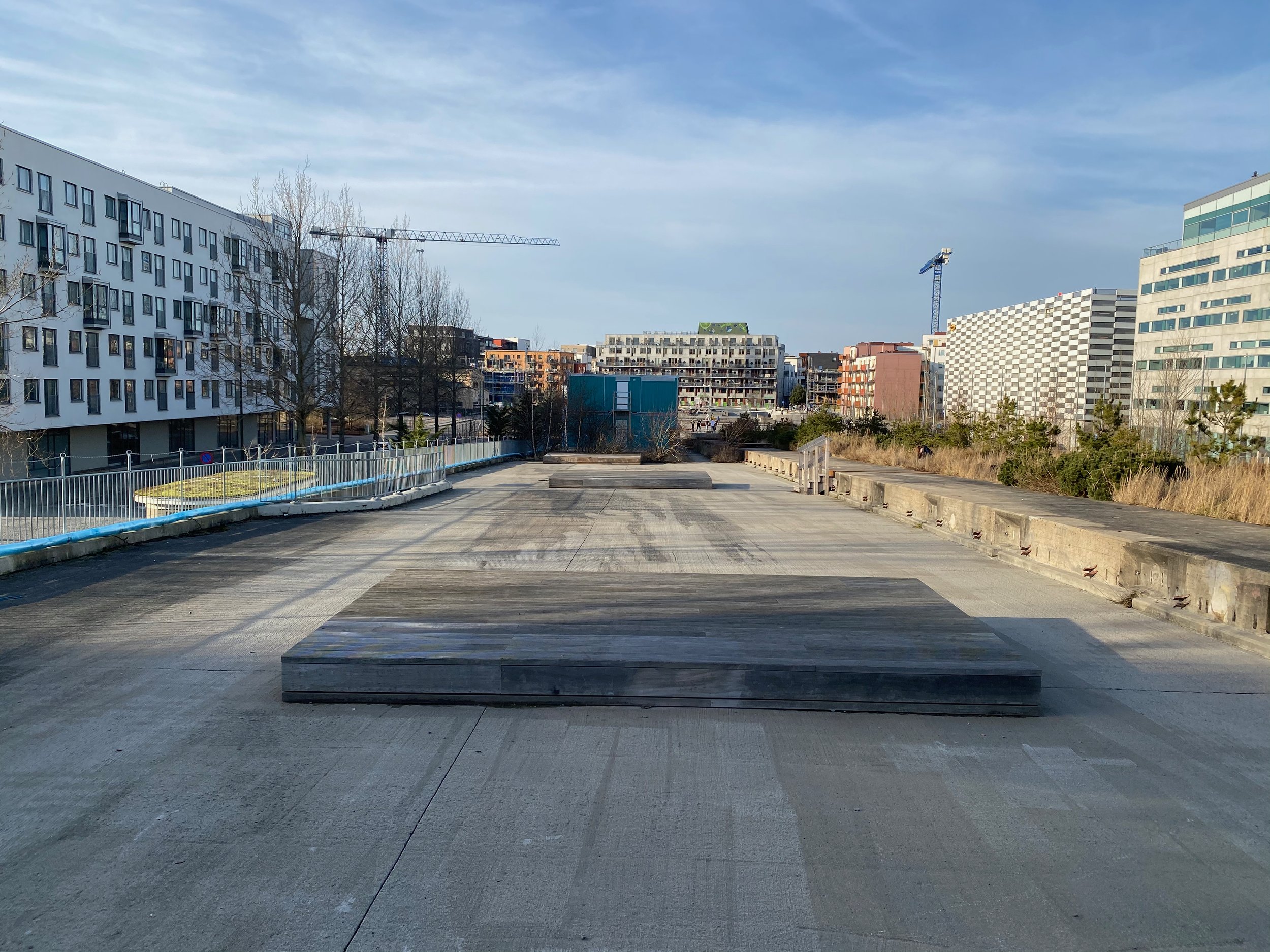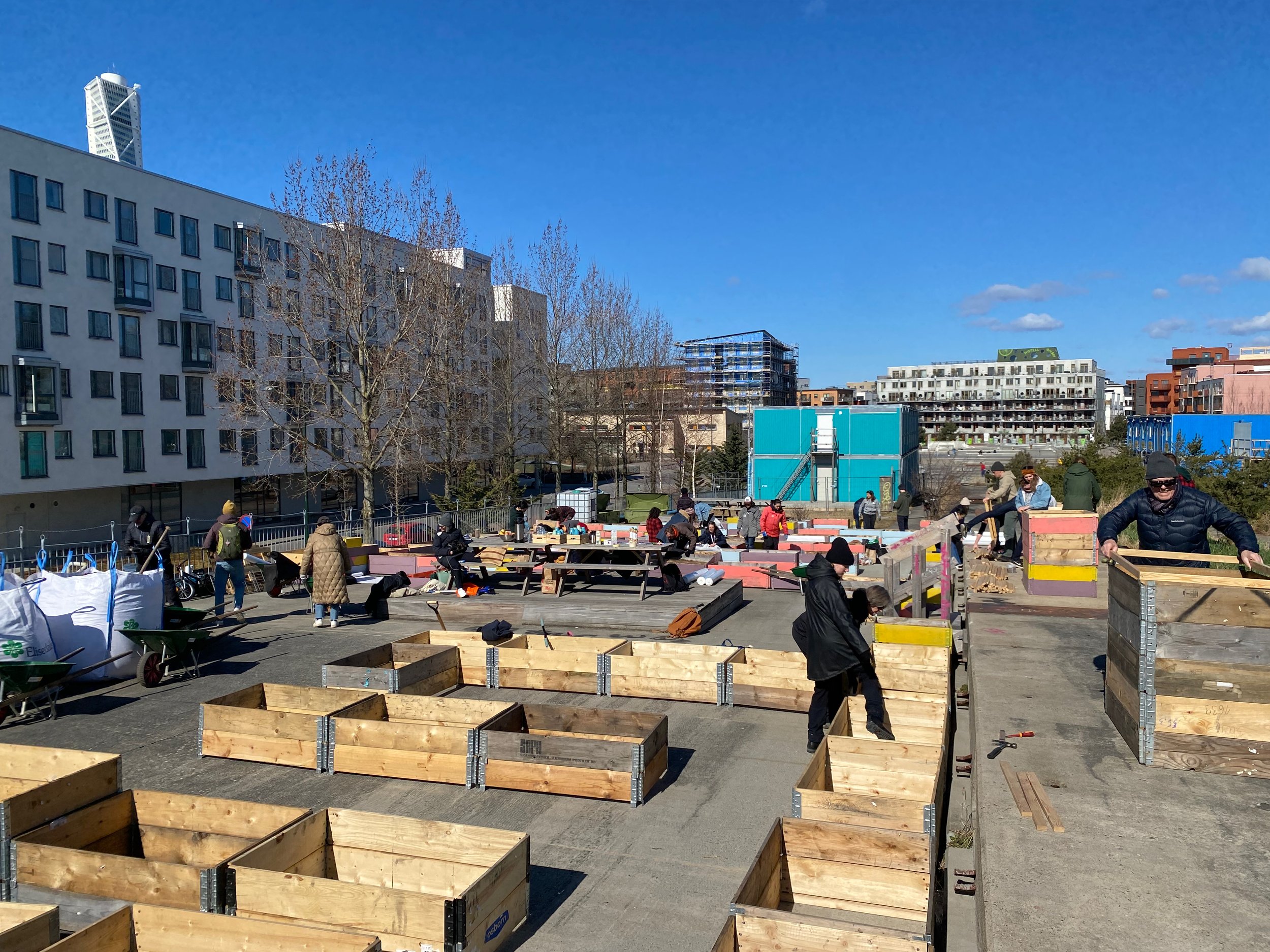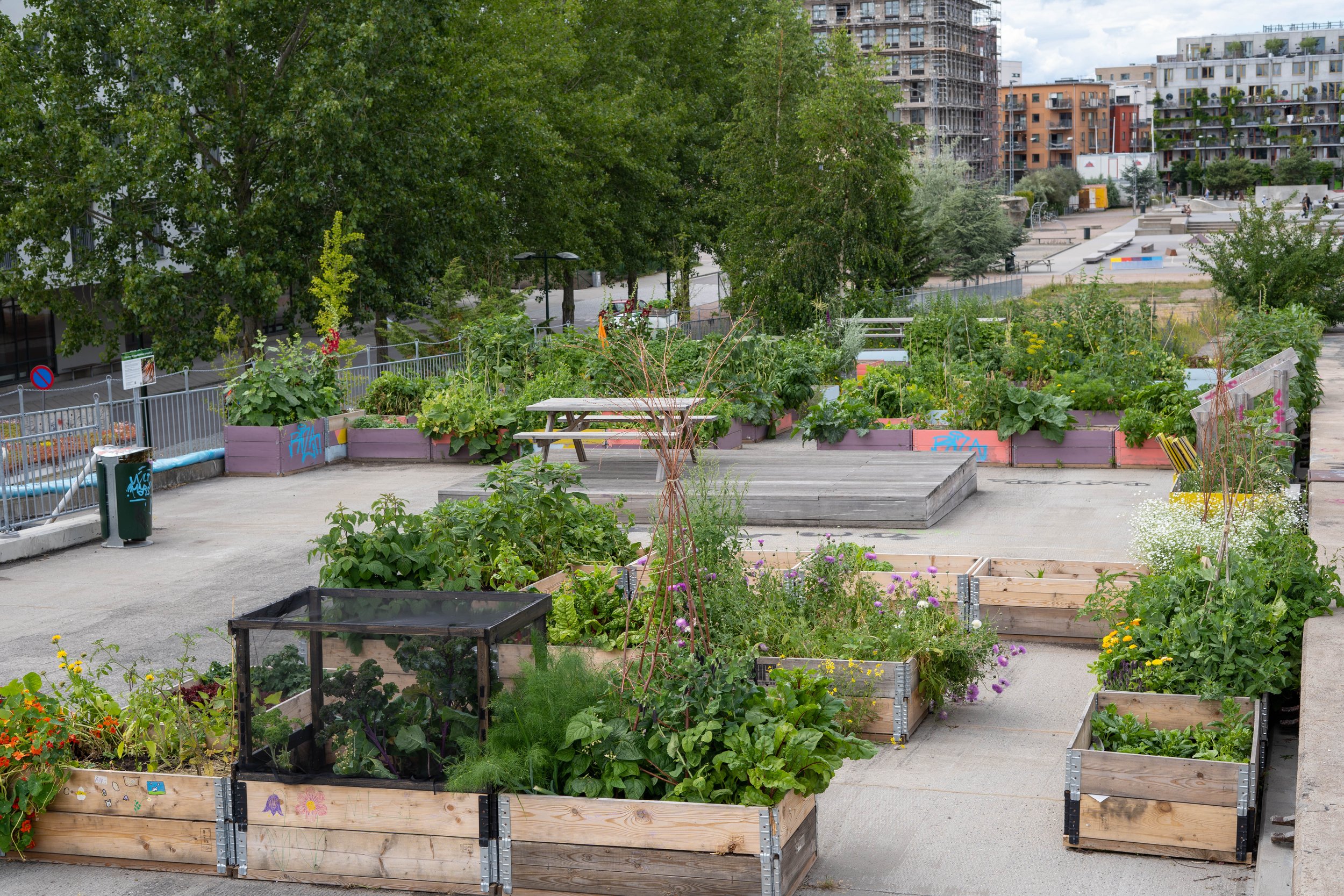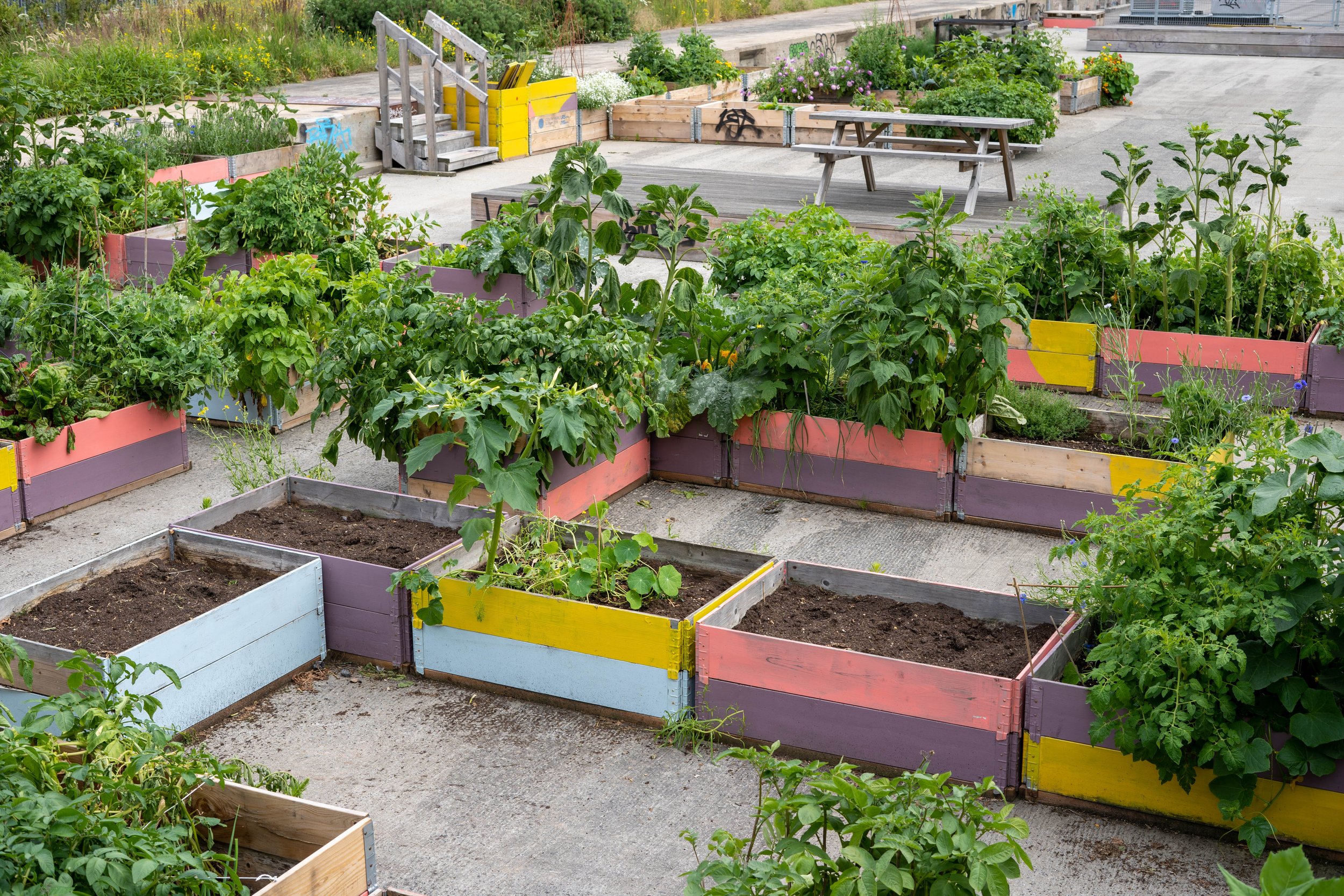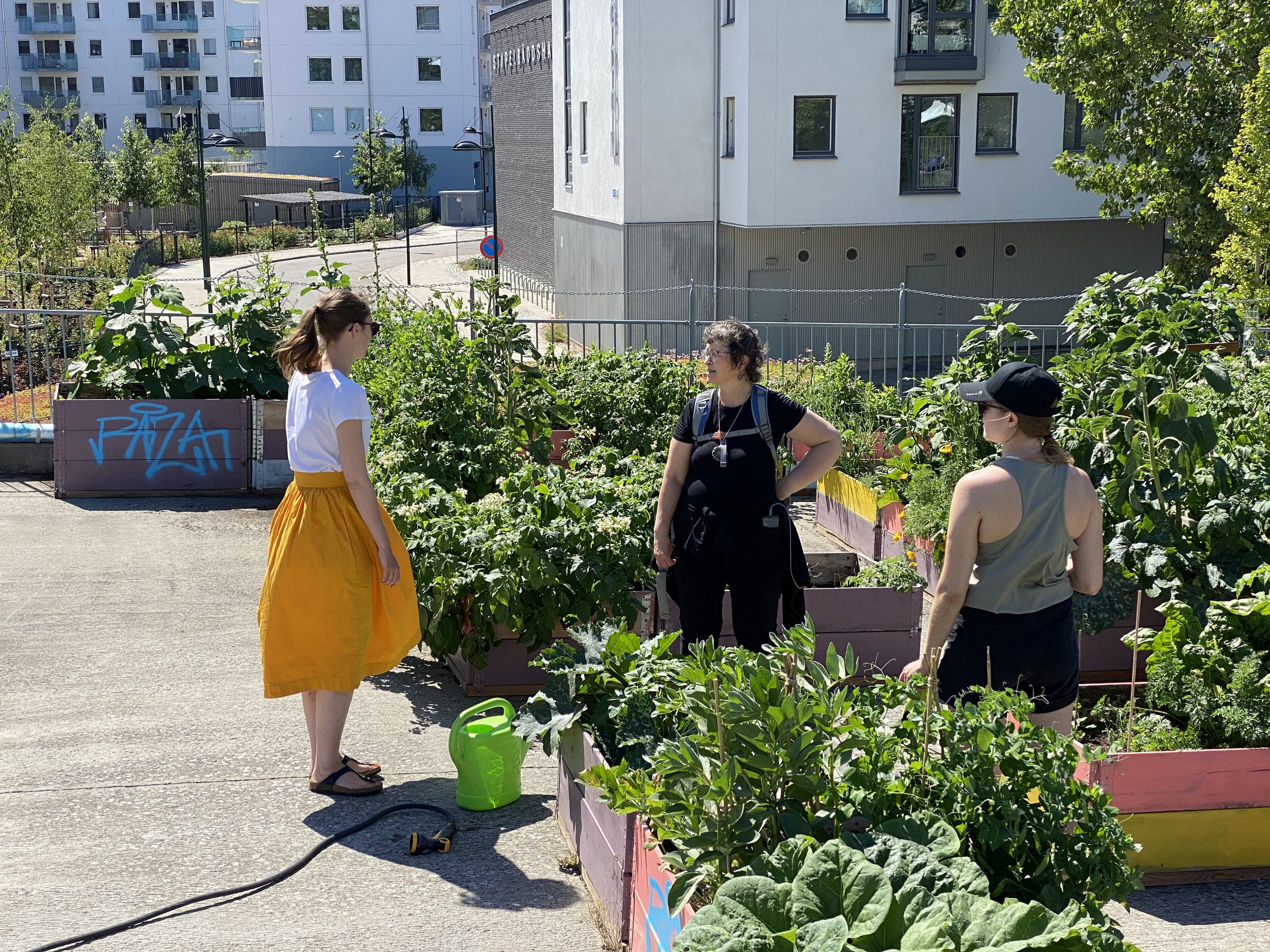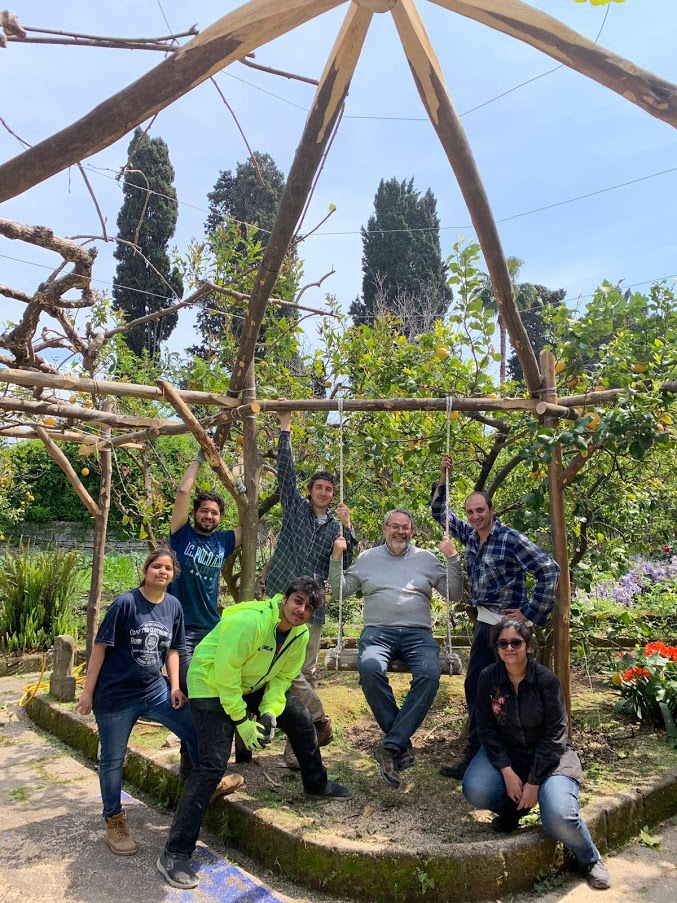Student Work
Are you trying to make sense of the world and your place in it through your studies, and still looking for a place that supports this search? This is what Building Beauty students strive for in the context of building and architecture.
The act of building mobilizes a wealth of resources — both within you and outside of you. It engages you with self and community, with ideas and feelings, theory and practice; manipulating materials, shapes and colors, while connecting you to nature, history, heritage, the lay of the land, and the people who inhabit it. Bringing all that together is the process of creating wholeness, which gives us a chance to restore ourselves and our world. That is what we do at Building Beauty.
The Founding Principles listed on the first page of this website describe the means by which that happens – the specific points that are emphasized throughout the program to bring about a change in one’s world view, the view of one’s self and space, and the environment in which our students live and work. On this page, we share what our students are making of it.
We are looking for students who have the heart, passion and vision to prepare themselves to make a difference in the world through architecture and the development of communities. We are happy to explore with you how this program can support your goals and aspirations. Contact us at hello@buildingbeauty.org.
Summer School In Slovenia 2023
2022-23 Student Work examples
Our student Jack Cheng in Detroit, Michigan, has been writing a blog throughout the course on the projects he selected for Studio. Jack has been gracious in allowing us to share them on the Building Beauty website so that prospective students can get a glimpse of what it is like to study with us. We appreciate the opportunity to show how the BB principles apply in the urban context of Detroit.
Back to School declares Jack’s intentions for the course.
Studio Project #3: A House for Oneself
Studio Project #4: Building in the Community
2021-22 Student Work examples
Our students this year came from Germany, Iran, Italy, India, and the United States. The course was online so their projects were built at home. As noted in the Studio course descriptions 4.1 and 4.2, they began with making an ornament or small project, then a piece of furniture, then designing a home for oneself, and finally to a construction project in the spring term. Following are some examples of projects beginning with the small project and moving through the course to the construction project.
Aarti’s spice box. This is an example of the first project the students undertake - the small project or ornament.
“The project brief was to find an environment around us which felt broken and needed some healing. We had to then build something which could help make it whole, and using it would be a source of joy for us every day. This was my kitchen in Germany which was not equipped for cooking with Indian spices. So I decided to make a spice box (संदूक) for my kitchen.”
“Sketches. The initial drawings began with only functional and material ideas, which were then followed by more exploratory sketches to discover what feels more whole and beautiful.
Beginning. I started with a base, a boundary and a strong center. Then I tried at every step to question what can be the next best step or what feels right and makes it a good shape, something beautiful to work with.
Unfolding. Exploring what would feel most beautiful led to creating a hexagonal base and radial partitions to sperate the spices, with the central circular container for salt.
More unfolding. Here I realised that the joints of the radial clay pieces to the inner and outer circles were a bit weak. To reinforce them I instinctively added more clay to the spots where the joints are. In doing so, I realised that these are not only enhancing the objec’ts wholeness but also discovered that this is the very definition of ornament - a thing which is usually present at the joint of two materials and beautifully connects them, thus being wholeness enhancing. This was a joyful discovery!
With spices. To complete the lid of the box I carried on with wholeness enhancing transformations and ended up making a handle knob to hold the lid and open it, and radial patterns. I think the final top lid design still has more scope for enhancing its wholeness with pattern and colour, and I am motivated to make another one in the same process which I can actually fire and glaze as well. This was a very wonderful beginning into the process of wholeness.”
Hermann’s bookcase. The second project is a piece of furniture, a larger project on which to learn how to use the principles.
For his furniture project Hermann designed a book shelf to house his board games and literature. Here is how he went about it.
First, he drew many sketches to try and capture the feeling he was trying to achieve. Then, he made a small model to try and see how the feeling of his sketches could be accomplished in 3D. Next, he built a 1:1 model of the entire shelf with cardboard, experimenting along the way with different dimensions for each of the sections. With the dimensions smoothed out through the mockups he built the shelf in two sections, carefully making tests and adjustments as he went along.
Emiliano’s gate. Emiliano worked on a gate for the entrance to his home in the Santa Cruz mountains of California as a furniture project. He began with drawings and mocked it up over a picture of his house. Then he worked with the intricate patterns to construct it.
After building the gate, he experimented with how the lintel should work across the top.
Mayank’s powder room. Mayank’s construction project was remodelling a bathroom.The complete story of building this project was published in ArchitectureLive! July 2022.
His clients wanted a new powder room that feels very clean and spacious in a small space, with geometrical and floral patterns.
The vanity is elegant and spacious to evoke a sense of deep love and care towards one’s own self when looking in the mirror. Good natural light, through translucent glass surfaces fills the room in day time with soft natural light, washing across the surfaces of walls and ceiling. This was produced with a process of unfolding that experimented with shapes, patterns and colors throughout. Mockups helped determine the best choices for the finished room one step at a time.
ChaCha’s Patterns.Blue project. ChaCha is a computer programmer who joined the course with the Beautiful Software emphasis. His project is an attempt to apply unfolding design process to building a website. Currently this website is a web page generator. here’s the link to the website: https://patterns.blue. The code is on Github publicly.
2020-21 Adventures
With the onset of the pandemic, Building Beauty moved online. It proved to be very rewarding for students, staff, and our growing international Building Beauty community. We now have former students who are planting Building Beauty seeds in many parts of the world -- Egypt, England, Wales, Brazil, South Africa, Kenya, Peru, Sweden, Russia, Armenia, Italy, Portugal, Slovenia, Iran, South Africa, Mexico, India, Puerto Rico, and the United States. Teaching staff supports the program from England, Scotland, Israel, Italy, India, Slovenia, and the United States. Exploring how Building Beauty principles apply across cultures and built environments in different parts of the world is one of the highlights of our program.
Gareth Rees, our student in Wales, United Kingdom, shares this about his experience in both the core BB course and Beautiful Software:
So many of the thinking processes we use are designed for the mechanistic age, and we live in a world that craves certainty. We're unable to cope when hit with an uncertain future – as evidenced by the pandemic – and try to exert control using ordered approaches like roadmaps, plans and targets to comfort ourselves and create an illusion of certainty.
But the world is uncertain, and even in our small-scale day-to-day jobs, we're often faced with problems where we don't have the answer. Alexander gives us these thinking processes that give us confidence that we'll build something great as we chart our way through the unknown.
Building Beauty has been a phenomenal experience. It's hard at this stage to articulate all I've learned, but I can already feel myself better understanding my software projects in terms of fields of centres and defining progress through structure-preserving transformations. I've always had a love of making both physical and digital things, and Building Beauty has allowed me combine both, while also teaching the higher order thinking process that's so fascinating and important.
Alexander's work will become increasingly relevant as we gain deeper understanding of complex systems and how to operate in the unknown.
Gareth’s final project was “Home Workspaces with Life.” His extensive documentation on his experience with the course is here. Take a look to see one example of how students work through the year.
Tomaž Žlender’s final project, the community rooftop garden in Malmö, Sweden, is presented here with updated photos taken in July 2022. He reports that he has received a lot of feedback from members of the community who work in and enjoy the garden, including adults, parents and their children. There is a lot of community interest in expanding the garden, and the waiting list for space in the current structure is growing. The garden has a softening effect on the rooftop space, the surroundings, and the community.
Stapelbäddens Trädgård: We are a community of 35 households bringing life to the rooftop of STPLN. Season 2022 is our first and we feel like we are just getting started! See our website and our Instagram for updates.
2018-19 Building Project
Building and making are at the heart of the Building Beauty program. This year’s project builds on the work begun last year, and includes the rebuilding and improvement of the trellis and pergola, and adding a bench, all realized in the North part of the historic Sant’Anna garden in Sorrento.
Building in the Sant’Anna Garden, Part 1
Building in the Sant’Anna Garden, Part 2
2017-18 Learning Journal
In the first year of Building Beauty we thought it important to show how this architecture program works, and for the students to describe their experiences of it in their own words. The Learning Journal takes the reader through the whole course, demonstrates the teaching method and shows how the work of the students becomes more sophisticated as the year progresses. Although changes are made to the syllabus in subsequent years as ideas are refined, the ethos of the program expressed here in the voice of the students remains the same.



